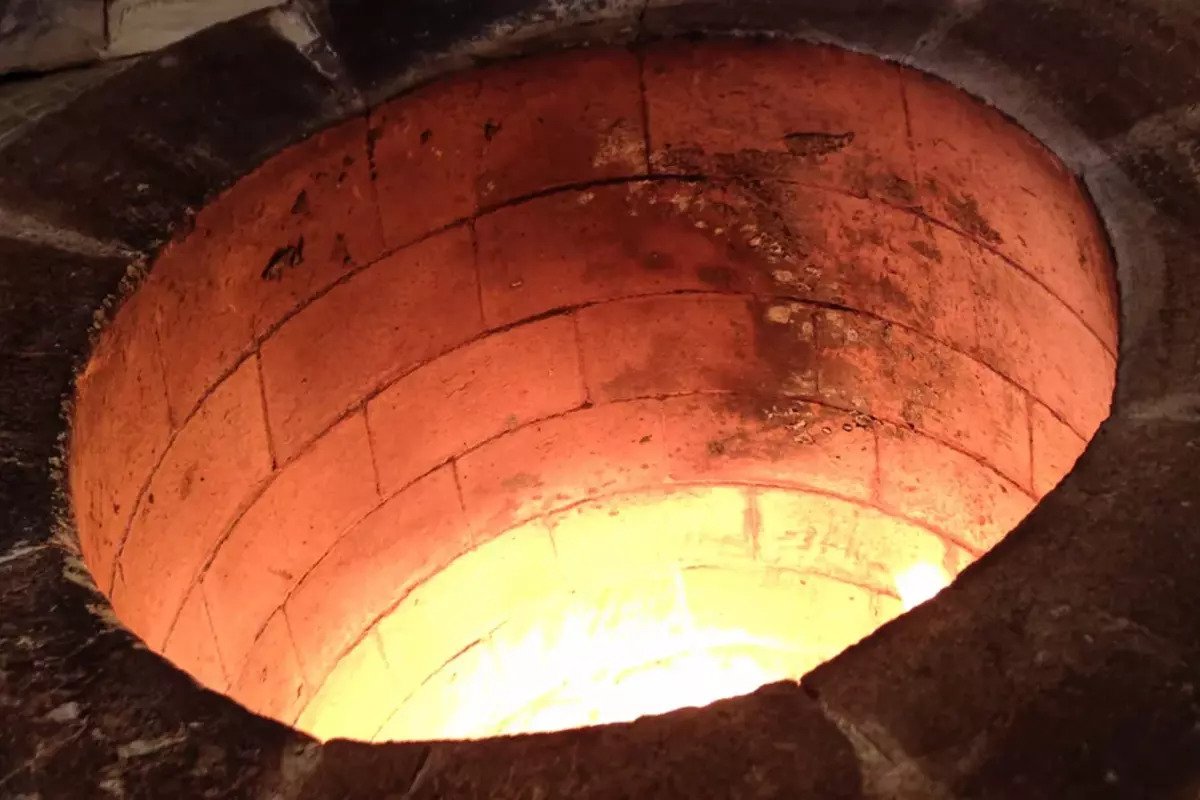Rondo Energy, funded by Bill Gates, came up with the brick toaster heat battery. This innovation stores renewable energy and transmits heat and electricity to manufacture steel, cement, and chemicals.
Two variants of Rondo Energy’s Rondo Heat Battery (RHB), an energy storage device that distributes heat and electricity for industrial purposes, have been made available. It is constructed of easily accessible materials like iron and bricks.
The company created the battery to decarbonize the industrial sector, which faces several difficulties. They include the requirement for vast amounts of highly dispatchable power. The RHB systems have a high level of density that keeps industrial establishments’ utilization of space by storing more than 1 MWh per square meter.
When operating with input power as low as 15 percent capacity factor, or four hours of dispatchable power generation per day, RHB batteries provide continuous power with a 95 percent annual capacity.

Low-temperature food processing is supported by the zero-carbon solution, as is the manufacture of steel, cement, and chemicals.
According to Carmichael Roberts, head of the investment committee at Breakthrough Energy Ventures, the battery will empower many enterprises in the future. They include industries like cement, fuels, food, and water desalination.
RHBs use brick components that have been reorganized into a patented configuration after being employed for over a century in the steel manufacturing process. It provides inexpensive, carbon-free energy and can be used to replace fuel-fired furnaces and boilers.
Additionally, the heaters are entirely autonomous and capable of supplying heat on demand continuously throughout the day. The batteries may be included in current process heating machinery.
When this is done, it will enable considerable emissions reductions without the need for a plant overhaul. The batteries should continue to function flawlessly for at least 40 years.
For now, Rondo’s goal is to provide major industrial operations with lower-cost heat and energy. For many of the most energy-intensive plants in the world, significant emission reductions are now both feasible and cheap.
The company has so far received $25.1 million in funding from Energy Impact Partners and Breakthrough.


